Planning a Trip to Italy 2024: Your Insider’s Guide
Planning a trip to Italy can be a daunting process. This is particularly true if this is the first time that you are preparing to venture out to this beautiful Mediterranean country.
After all, there is simply so much to consider. For instance, where are the best places to travel to in Italy?
How much should you budget for your trip? How should you get around?
You are probably overwhelmed with what to look at first. This guide breaks planning a trip to Italy down into simple, easy-to-follow steps.
That way you can focus on more important things. Like where to find the best gelato and how to better handle your limoncello!
Why Travel to Italy?
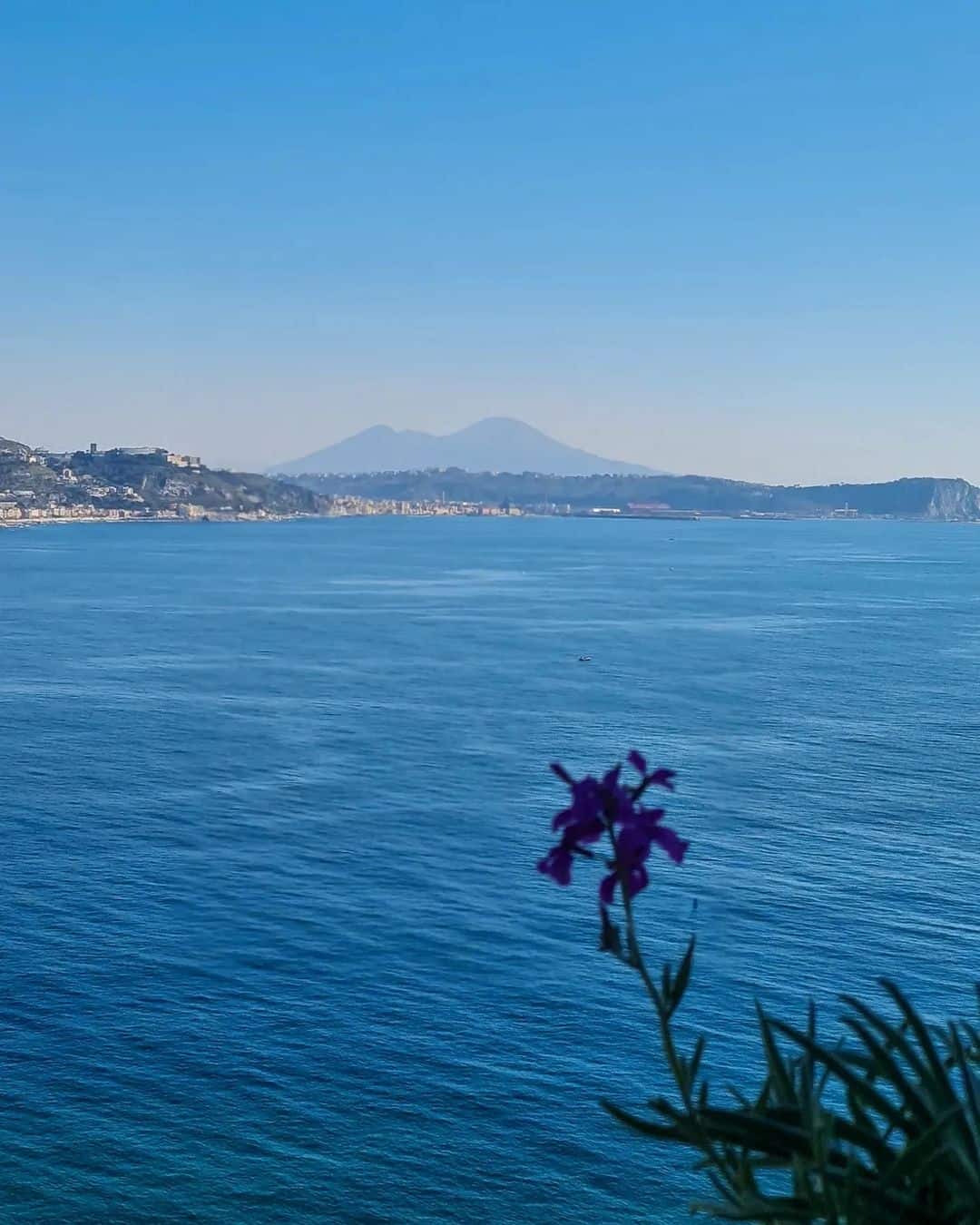
The appeal of Italy is undisputable. This beautiful country is home to some of the greatest cuisine, art, and architecture in the world.
Italy inspires and enchants like no other. A lot of the charm of travelling to Italy lies in the warm, welcoming people of the Mediterranean.
The country has a diversity that many do not realise. Each Italian region has its own distinct culture and personality.
The North and the South of Italy are like two different countries entirely. From the chic streets of Milan to the chaotic narrow passageways of Napoli, whichever part of Italy you choose to visit, the country captures the hearts of even the most well-travelled adventurers.
Stages of Planning a Trip to Italy
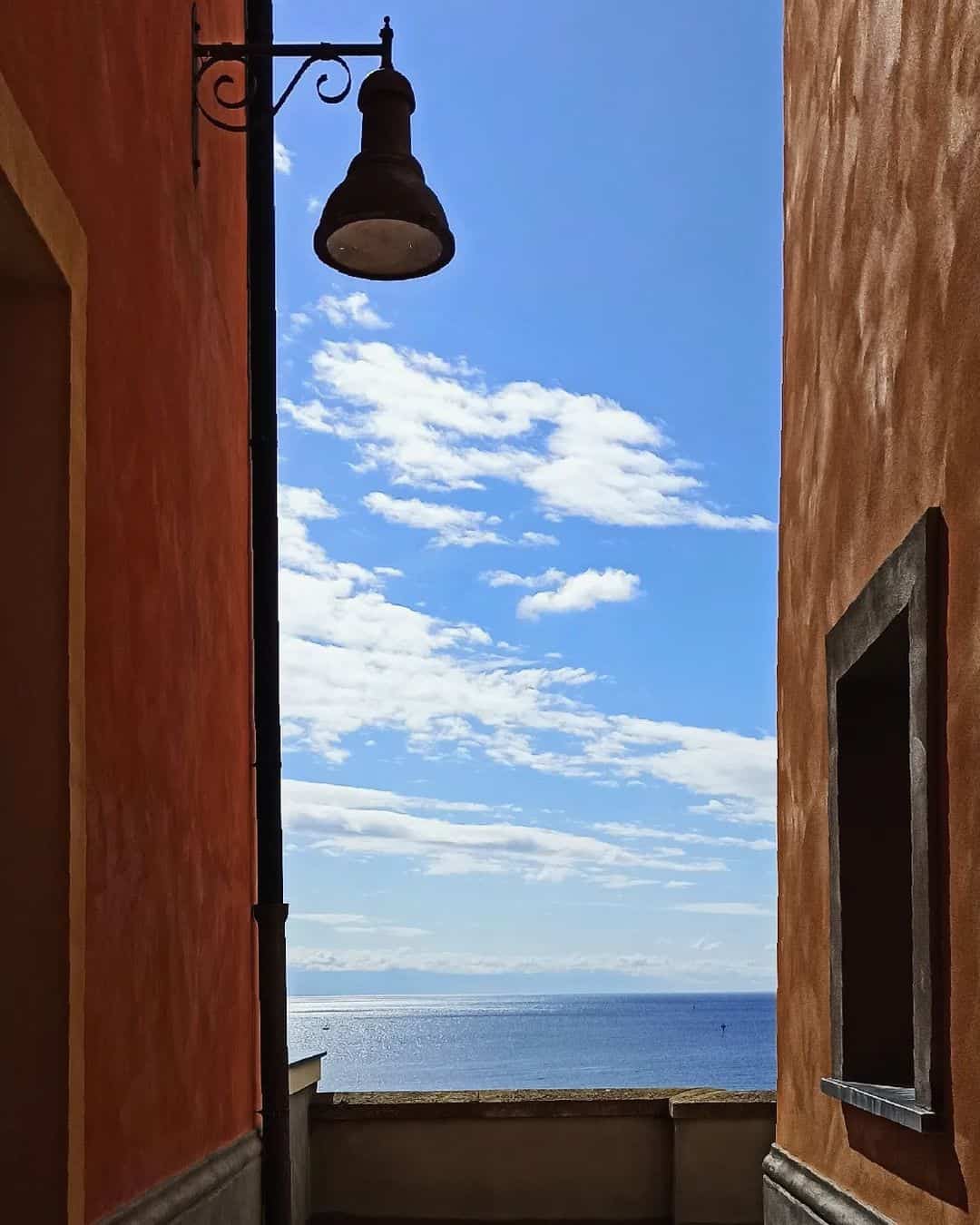
The stages of planning a trip to Italy are outlined below. Let’s look at each stage in more detail so that you can easily figure out precisely what you want to see and do during your trip.
- Work out the most suitable time for you to travel to Italy
- Establish where you want to travel
in Italy - Draw up an itinerary to plan your route
- Work out how you are going to get from A to B to C (transport in Italy)
- Browse accommodation options
- Outline your travel budget
- Identify the best flights/transport into Italy
- Ensure that your passports, visas, and paperwork are ready
- Make sure that you have comprehensive travel insurance for your trip
- Pack your case and prepare your clothes
- Fly to Italy and eat 17,000 tons of pasta!
When to Travel to Italy
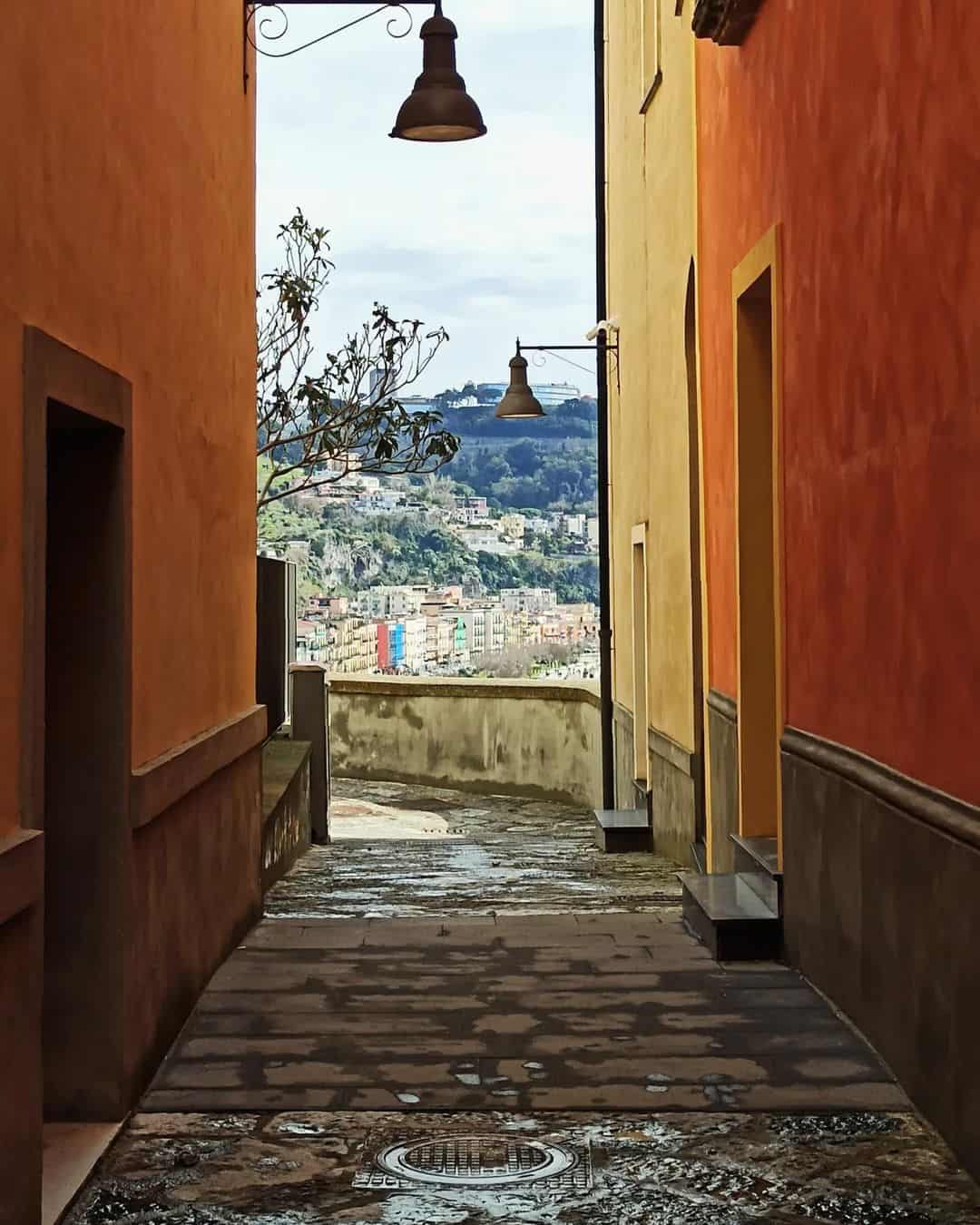
Italy makes for a pleasant travel destination all year round. The country is globally renowned for its warm Mediterranean climate.
That said, temperatures vary significantly from season to season. The best time to travel to Italy depends on the specific region that you are
It is a common misconception that Southern European countries are hot all year round. While they may be milder than their Central and Western European counterparts, it isn’t really the case that you can head out to the beaches of Sardinia in the winter months.
Spring (March to May)
Spring is perhaps one of the best times to travel to Italy. Temperatures are generally warm and pleasant and linger between 20-25 degrees Celsius.
This is essentially the shoulder season for travelling in Italy. It is a great time to travel in order to avoid the crowds.
Italy is a predominantly Catholic country and Easter is a big celebration here. Travelling during this period sees a lot of stores and restaurants close for the occasion.
However, at the same time, it provides travellers with the opportunity to participate in unique cultural events. Some parts of the country host parades, religious festivals, and church masses that all are welcome to attend.
Summer (June to August)
Summers in Italy are hot and humid. It is not uncommon for temperatures to soar above 35 degrees Celsius.
These conditions are perfect for lounging on beaches in Rimini, Jesolo, and other coastal locations. However, they are not so ideal for hiking and city exploration.
During the summer months, the costs of travelling to Italy are at their highest. Many popular destinations such as Rome, Capri, and the Amalfi Coast are heaving with tourists during this time.
This can detract from the experience somewhat. For the most part, travelling to Italy at the height of summer is best avoided where possible.
Autumn (September to November)
Autumn in Italy offers similar travel conditions to spring. After mid-September, the summer crowds start to taper off making late September and early October some of the best times to travel. Temperatures are still warm and pleasant during this time, especially in central and southern Italy.
Winter (December to February)
Conditions in Italy during the winter months vary significantly depending on where you travel. In Rome, Naples, and other southern regions, it is not uncommon for temperatures to drop as low as 5 degrees Celsius.
In the northern parts of the country, snow is not uncommon. Obviously, this is not the time to travel to Italy if you are hoping to top up your tan beneath the Mediterranean sun. However, planning a trip to Italy during the winter months may be perfect for a short city break.
Where to Travel in Italy
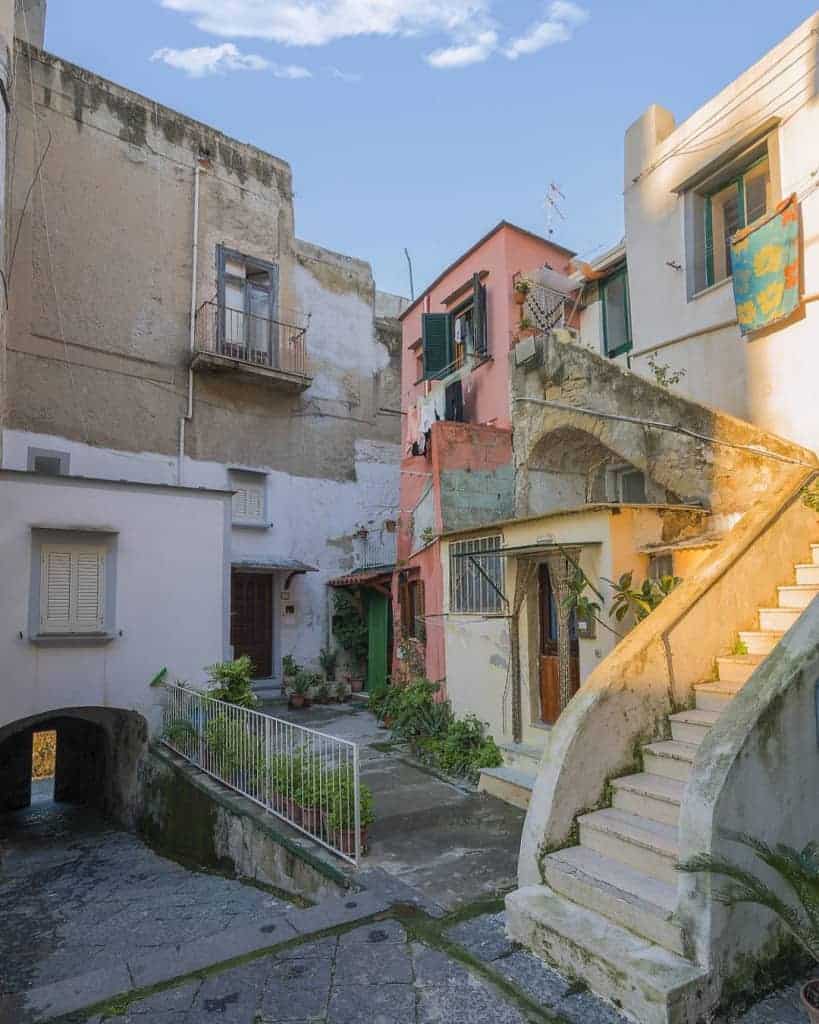
Step one of planning a trip to Italy is, of course, planning where you want to go and what you want to see. That can be easier said than done.
Popular Italian travel destinations like Rome, Venice, Florence and the Amalfi Coast may be the first places that spring into your mind. While these popular Italian regions are every bit beautiful, they are also the most crowded and touristic.
That is not to say that they should be omitted from your Italian adventure. However, there are many other gorgeous parts of the country that are well worth your while that you may have previously overlooked.
Some considerations on where to travel when planning your first trip to Italy are provided below.
Venice

Any mention of the Veneto Region of Italy automatically conjures up visions of Venice. The city boasts exquisite Venetian architecture, a labyrinth-like network of canals filled with romantic gondolas, and fine marble structures perched over clear blue lagoons.
Venice is every bit as magical and worthwhile as the travel magazines will have you believe. In addition to the sights and the architecture, Venice is very much a food lover’s paradise. Travellers should take the time to sample local delicacies.
For instance, the beloved Venetian baccala’ mantecato, and the sumptuous bigoli in salsa. There are plenty of great places to eat in Venice away from the tourist trail.
Recommended Venice Tours
- Murano, Burano and Torcello islands full-day trip from Venice
- Grand Canal by gondola with commentary
- Venice: Traveling opera in a historic palace on Grand Canal
- Doge’s Palace reserved entry admission ticket
- Venice: Jewish Ghetto 2-hour walking tour
Treviso, Asolo & the Veneto Region
Treviso is an adorable city that is just a stone’s throw away from Venice in the country’s Veneto region. Like Venice, Treviso has been built around a network of canals.
However, it remains relatively off the beaten path and receives significantly fewer visitors than its popular counterpart. The Veneto region is also home to dozens of vineyards that produce exquisite blends of Merlot and Prosecco wines (among others).
You will also find many adorable rural towns and villages such as the beautiful medieval town of Asolo. Asolo is known as the “city of a hundred horizons” due to the incredible views offered from its hilltop location. It is often regarded as being one of the prettiest towns in all of Italy (Borghi più Belli d’Italia!).
Recommended Treviso Tours
- Treviso: Dining experience in a local’s home
- Valdobbiadene: Prosecco tasting experience
- Private 2.5 hour Treviso walking tour
- Treviso: Private pasta-making class at a local’s home
Emilia Romagna, Northern Italy

Emilia Romagna is the gastronomical capital of Italy. It is both underrated and understated.
Italian cuisine, on the whole, is pretty spectacular. After all, the entire country’s food culture has a UNESCO protected status.
However, Italians from all regions of the country will (begrudgingly) agree that yes, some of the best food is to be found in Emilia Romagna. This region was the birthplace of parmesan cheese, balsamic vinegar, tortellini, parma ham, and countless other renowned Italian delicacies.
Those considering travelling to Emilia Romagna can fly to Bologna, Italy’s “red city”. Bologna is a scenic starting point for any Italian adventure.
The city does not always get the recognition it deserves. Bologna is filled with beautiful medieval terracotta buildings, porticoed cobbled streets, and graffiti-laden piazzas that boast just the right amount of grit.
You can consider taking a Bologna cooking class in order to uncover how to make the city’s namesake dish “Bolognese” just like nonna. Then, ascend to the top of the Torre degli Asinelli (the leaning towers of Bologna). From there, you can explore the traditional markets that are scattered throughout the Quadrilatero network of streets.
From Bologna, venture onwards to Modena, the ancient city of Parma, and the peaceful coastal town of Rimini. Modena is the birthplace of Pavarotti and the home of the Ferrari Museum.
Recommended Emilia Romagna Tours
- Bologna city centre walking tour
- Bologna: Torre degli Asinelli & food tasting
- Train to San Luca Basilica & food tasting
- E-bike guided tour with cheese & wine tasting
- Bologna guided food tour
- Hands-on Italian cooking class in Bologna
Rome

Rome is definitely one of Italy’s “must-see” destinations. After all, this is both the capital of Italy and the former capital of one of the world’s most powerful and notorious empires
The Colosseum and the Vatican are sites not to be missed. A lesser-known charm of Rome is its wildly diverse
These are the city’s various districts which all have their own unique personalities. From the trendy bohemian vibes and hipster hangouts of Trastevere to the former Jewish Ghetto.
The latter, despite its unfortunate past, has been transformed to house quirky coffee shops and the eclectic boutiques of local designers.
Many of the best hostels in Rome are scattered through these unique neighbourhoods. These places enable travellers to see an alternative side of the city away from the tourist traps during their Rome itinerary.
Recommended Rome Tours
- Vatican Museum & Sistine Chapel entrance tickets
- Rome: Jewish ghetto tour
- Street food tour with local
- Rome: St Peters Basilica Dome to underground grottoes tour
- From Rome: Vesuvius and Pompeii full-day guided tour
- Pasta and Tiramisu cooking workshop with dinner
- Rome: Aperitif on the Tiber River
Florence

Although Florence is the capital of the Tuscan region, it has a very “small town” feel to it. This compact city was the birthplace of Renaissance art and there are countless art masterpieces in Florence today.
To this day, Firenze remains beloved by Artists, Writers, and creatives the world over. The entire city of Florence is a UNESCO protected site.
That should come as no surprise when you consider the history and grandeur of the architecture here. Old Firenze boasts cobbled narrow streets that twist and turn by the Arno River, and house grand 15th and 16th-century palazzi (palaces).
Its quaint medieval chapels can be found hidden down the most unsuspecting streets. Not to mention, the city houses stunning pieces of marble artwork such as the world-renowned Michelangelo’s David.
The city limits are encompassed by miles of rolling green hills and vineyards which are known to produce some of the best wines in Italy. Florence’s location is also perfect for a day trip out to Pisa and its leaning tower.
Recommended Florence Tours
- Timed entrance ticket to Michelangelo’s David
- From Florence: Tuscany day trip with optional lunch and wine
- Florence: guided city walking tour with Academia and Uffizi
- Florence: eco-tour by electric cart
- Guided food tour of Florence
Milan

Milan has an altogether different vibe from a lot of other Italian cities. Sometimes locals refer to it as Italy’s “grey city” as they don’t consider it aesthetically pleasing.
This is a little sad. While Milan may have a more formal, gritty exterior than say, Rome or Florence, it certainly houses plenty of wonderful attractions along its elegant cobbled streets.
While in town, be sure to ascend the twisting staircases that lead to the top of the Duomo cathedral for incredible panoramas across the city. Nearby, don’t miss the chance to browse through the Galleria Vittorio Emanuele II.
The latter is an ornate
For the ultimate Milan experience, head to the La Scala opera house to watch a performance. Tickets can often be purchased for as little as $50 per person. Watching a traditional Italian opera provides a wonderful insight into the elegant lifestyles of the Milanese.
Moreover, you can visit Lake Como, Bellagio, and Varenna for a day tour to complete the day.
Recommended Milan Tours
- Da Vinci’s Last Supper guided tour
- Lake Como, Bellagio and Varenna day tour
- Pasta, ravioli and tiramisu class in Milan
- Milan: Gourmet food tour
Naples
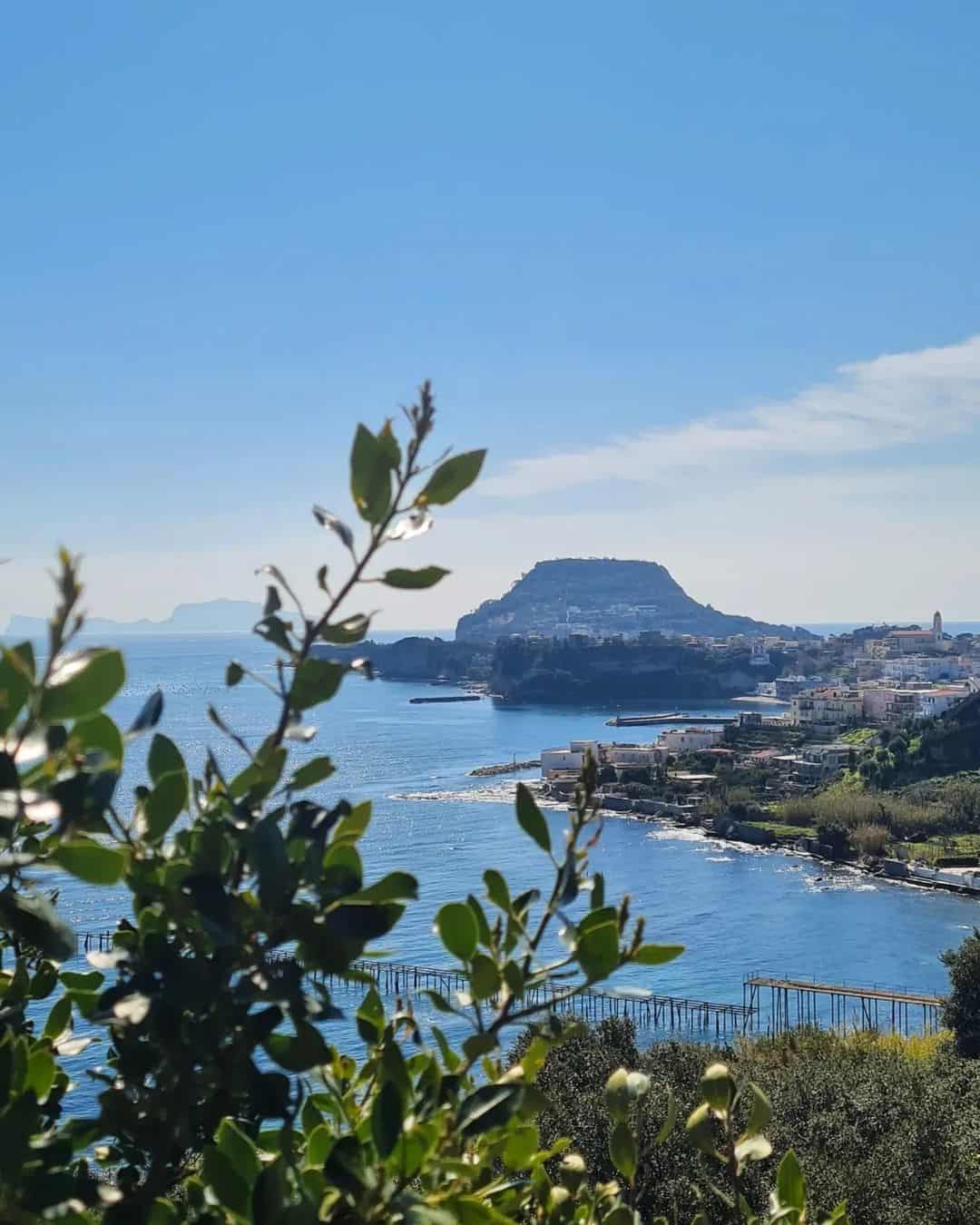
Naples is perhaps one of the most underrated travel destinations in the country. It does not have the best reputation. However, it is perfectly safe and quite simply, just misunderstood.
Napoli is bursting with attitude and is altogether more gritty than most major Italian cities. This is the capital of the country’s Campania region.
Naples is overflowing with history and culture. Ancient ruins, beautifully ornate churches, royal palaces, and castles are scattered through the cityscapes.
Navigating Naples’ labyrinth-like network of narrow streets and passageways while dodging Vespas is a highlight of any Italy itinerary. Naples is the birthplace of pizza.
Venturing here comes with the opportunity to dine at some of the world’s oldest pizzerias and enjoy an aperitif while overlooking the Bay of Naples
The fascinating archaeological museum of Naples is not to be missed. Nor is the chance to take a day trip from Naples to hike up Vesuvius, and the eerie catacombs that await beneath the city.
Naples’ location is perfect for onward adventures to the islands of Capri, Procida, and Ischia. You could easily dedicate the entirety of your itinerary to exploring the Campania region.
Recommended Naples Tours
- Naples underground tour
- Pompeii ruins and Mount Vesuvius day tour
- Naples: Downtown tour and veiled Christ entry
- Naples: Street food tour with a local guide
The Amalfi Coast and the Cinque Terre

The Cinque Terre has to be one of the most beautiful travel destinations in all of Italy. Here, pastel-coloured houses cascade down hilltops that overlook perfect azure waters.
his is the postcard-perfect depiction of Italy. The Amalfi Coast and the Cinque Terre have become incredibly popular among tourists, sure.
However, some places are popular for a reason. The Amalfi Coast itself only extends over 30 miles.
Yet within that space, there are a plethora of scenic coastal roads and quaint villages. Be sure to add Sorrento, Positano, and Ravello to your Amalfi Coast checklist.
It is very easy to reach the Amalfi Coast from Naples either by car, bus, or the Circumvesuviana train. It is advisable to avoid travelling in July/August in order to avoid the crowds.
Recommended Amalfi Coast Tours
- From Naples: Sorrento, Positano and Amalfi full-day tour
- From Sorrento: Amalfi and Positano boat tour
- Amalfi Coast: Boat and snorkelling tour
Puglia

Puglia is home to one of the most diverse landscapes in Italy. Like much of Southern Italy, it is also grossly underrated and frequently overlooked.
The region boasts medieval hilltop towns and pristine coastlines that run parallel to olive green seas. One place to add to your radar is Polignano a Mare.
This is a charming clifftop town on the Adriatic coast. It is here where you will find the Instagram-famous cave restaurant (Grotta Palazzese) that has been featured in countless travel media across the world.
Alberobello is another town not to miss. The UNESCO protected settlement is known for its Trulli houses.
These are eccentric, white-washed conch-shaped houses that look right out of a movie set. Many have been converted into hotels, restaurants and guesthouses.
Recommended Puglia Tours
- Polignano a Mare: 1.5-hour boat cave tour
- Alberobello: 2-hour walking tour
- Lecce walking tour
- Lecce: guided rickshaw tour
- From Bari: pasta experience walking tour
- From Bari: half-day sailing cruise along the Pugliese Coast
Sicily
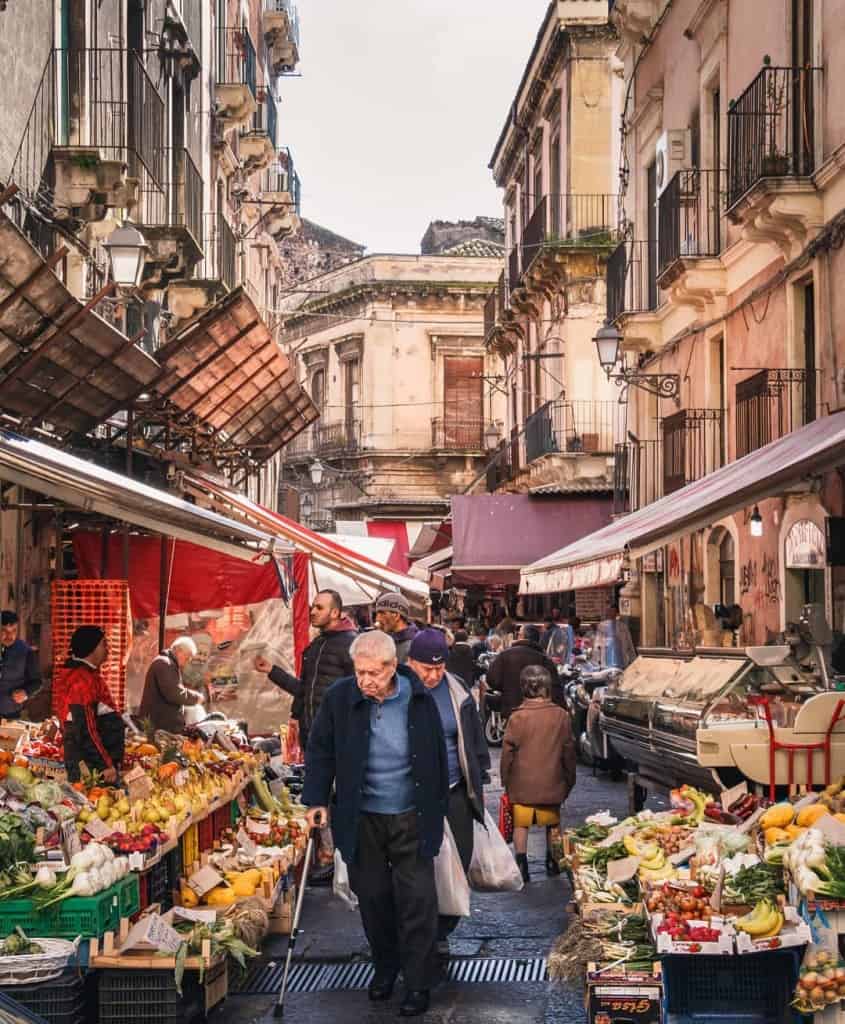
Sicily is a picturesque Mediterranean island whose craggy shores are surrounded by translucent azure waters. Its landscapes are filled with fragrant lemon groves and sunbleached Greco-Roman ruins.
Sicily is certainly a bucket list travel destination. The island’s capital of Palermo is actually the most captured city in world history.
Various civilisations have invaded and occupied this island over the centuries. As a result, Sicily features architecture and religious sites from a variety of cultures.
Whereas in the world could you see sprawling ancient Greek amphitheatres beside Arabian places of worship?
Wander through the higgledy-piggledy old streets of Palermo, relax on the cerulean shores of Cefalu, and admire the archaeological sites of Agrigento and Syracuse. Sicily alone is worthy of 2-3 weeks of exploration. Once upon a time, Syracuse was considered a more important Ancient Greek city than Athens.
Recommended Sicily Tours
- Palermo: 3-hour street food and history walking tour
- From Palermo: Monreale and Cefalu half-day trip
- Agrigento and the Valley of the Temples
- Mount Etna: Cable car, jeep, and hiking tour to the summit
- Godfather vs Mafia tour from Taormina with Sicilian lunch
- From Taormina: Chic Panarea and Stromboli full day tour
The Dolomites
Zig-zagging their way through the landscape of Northern Italy, the Dolomites are truly breathtaking to behold. This jagged mountain region has long been considered one of the world’s premier destinations for skiing and winter sports.
The area offers seemingly infinite options for enjoying the great outdoors. Whether you wish to descend from the mountain tops on or off-piste, try your hand at mountaineering, or simply enjoy the crisp air while accompanied by an Aperitivo, the Dolomites will be sure to cater to your every whim.
Suggested Italy Itineraries
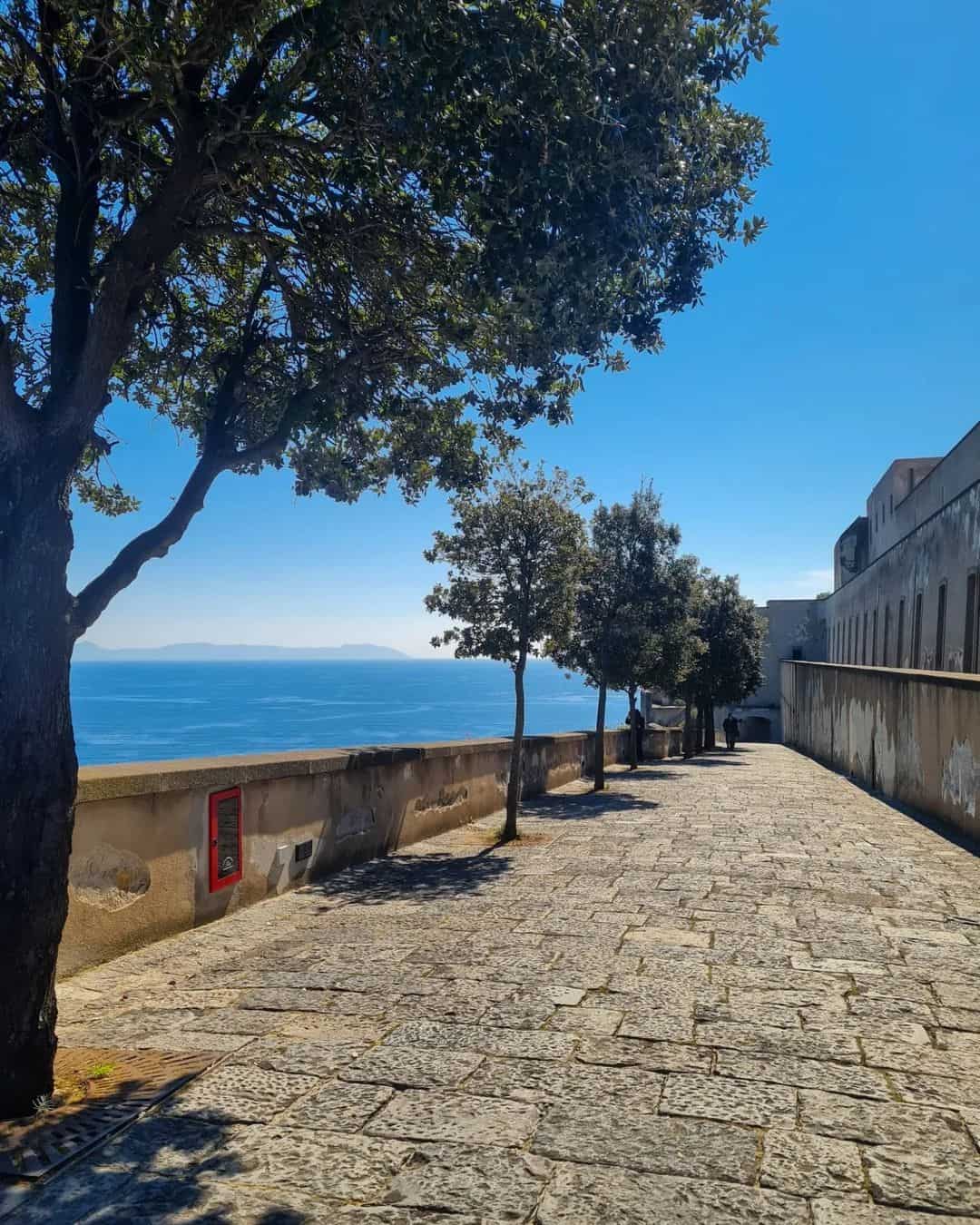
The best Italy itinerary for your trip will depend largely on your personal travel style and preferences. It is important not to try and overload your trip with too many destinations.
Each of the below itineraries is based on spending 10-14 days in Italy. Each route is well-linked by public transport.
Italy Itinerary 1: Italian Highlights Tour
- Venice
- Bologna
- Rome
- Florence
- Pisa
Italy Itinerary 2: Emilia Romagna Tour
- Bologna
- Modena
- Palma
- Rimini
Italy Itinerary 3: Gems of Campania and Amalfi
- Naples
- Positano
- Sorrento
- Capri
- Procida
- Ischia
Italy Itinerary 4: Southern Italy
- Naples
- Amalfi Coast
- Sorrento
- Reggio Calabria
- Lecce
- Brindisi
- Puglia
Italy Itinerary 5: Sicily Island Tour
- Palermo
- Cefalu
- Agrigento
- Syracuse
- Catania
- Taormina
What to Pack
Summers in Italy are hot and humid, while the spring, autumn and winter months are mild but substantially cooler. What to pack for your trip to Italy depends on the time of year that you are planning a trip to Italy and whether you are visiting beaches and islands, or historical sites and small towns.
Some must-have items to include in your suitcase when you travel to Italy are detailed below.
- Pacsafe anti-theft backpack for safe daytime exploration
- Camera and tripod
- Selfie stick with tripod feet for cellphone
- Reusable water bottle
- Packing cubes and compression bags
- Travel medikit
- EU travel adaptor
- Powerbank for charging electronic devices
Planning a Trip to Italy:
Go it Alone or Guided Tour?
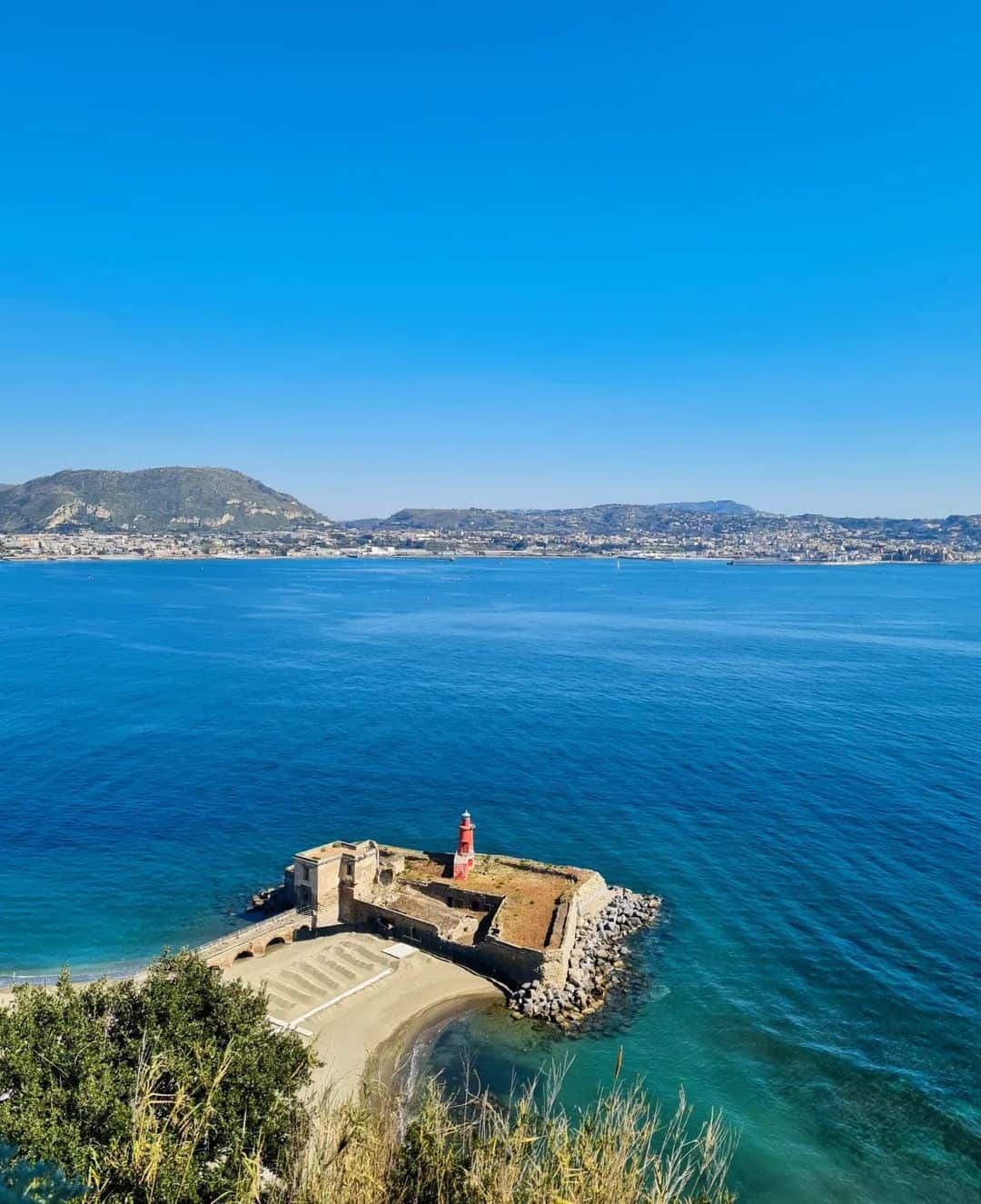
For the most part, Italy is a very easy country to travel around independently. The people in Italy are generally very friendly and helpful, and the tourism infrastructure is very good. In major cities and tourist hubs such as Rome, Florence, Venice, and the Amalfi Coast, the majority of Italians speak good English.
In Southern Italy and parts of Sicily, English is less widely spoken. You don’t have to be an experienced traveller to visit here.
However, be prepared to travel armed with Google translate and an Italian phrasebook. Keep in mind that it might be a bit stressful getting around these regions if you are travelling alone for the first time.
If you do feel that you would feel more comfortable on your Italian adventure in the company of a Tour Guide, that’s completely understandable. Get Your Guide is a reputable travel company that offers affordable day and multi-day tours throughout the country.
How Long to Spend in Italy?
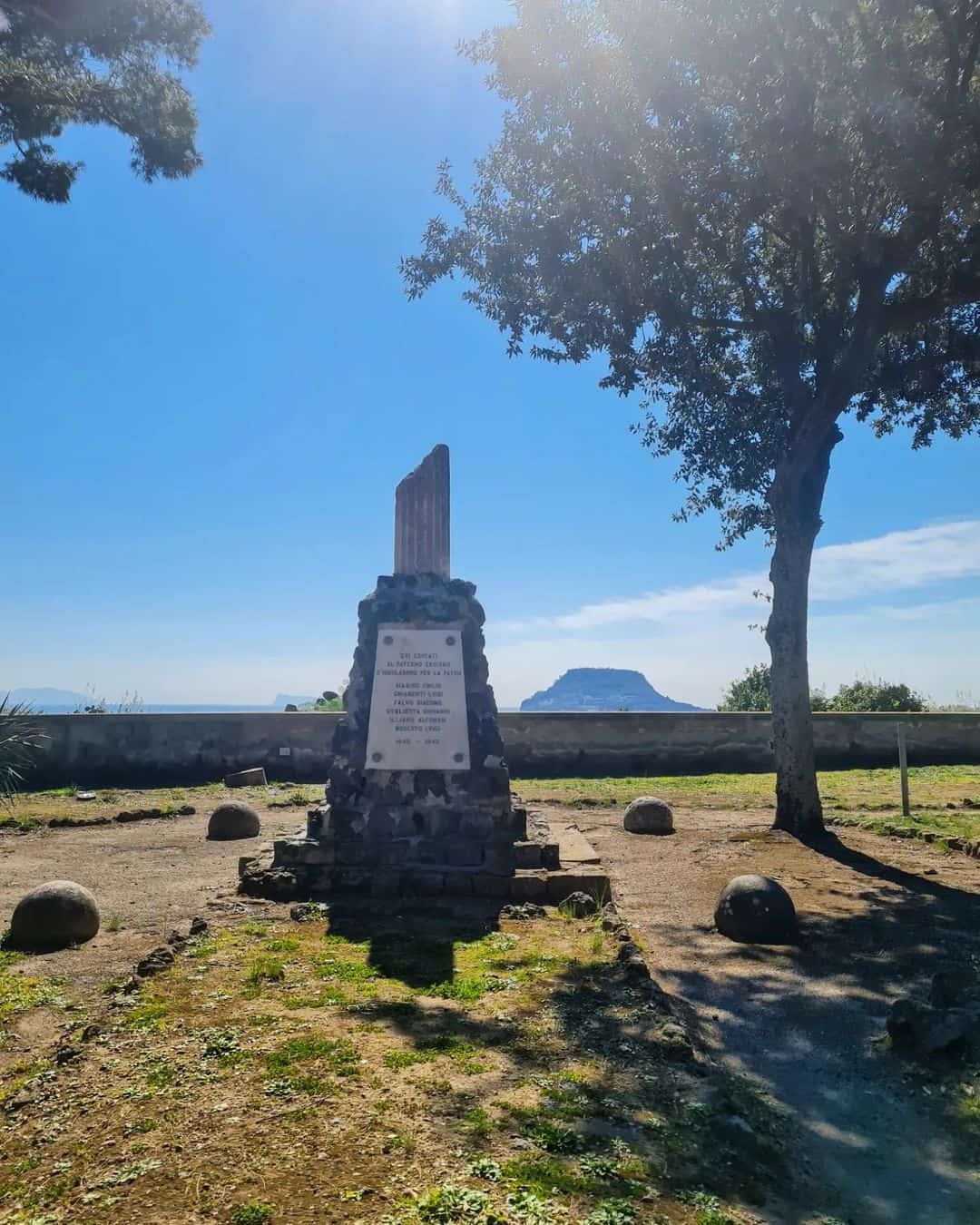
Of course, as with travelling anywhere, the longer you are able to spend in Italy, the better. That said, busy work schedules and life commitments often mean that you are limited on time.
A long weekend is sufficient for basing yourself in one city (i.e. a weekend break in Rome or Milan). Alternatively, a 10 day or two-week schedule allows flexibility for travelling to up to four different destinations.
When planning a trip to Italy, be mindful of which regions places you want to visit are located so that you can follow a logical route. To minimise transit time, you can consider focusing your itinerary on just the Northern part of the country, or just the Southern part.
Don’t cram too much into your first trip. You will only wind up more stressed if you are spending large periods of time in transit, or you are rushing from A to B without time to relax.
Getting to Italy
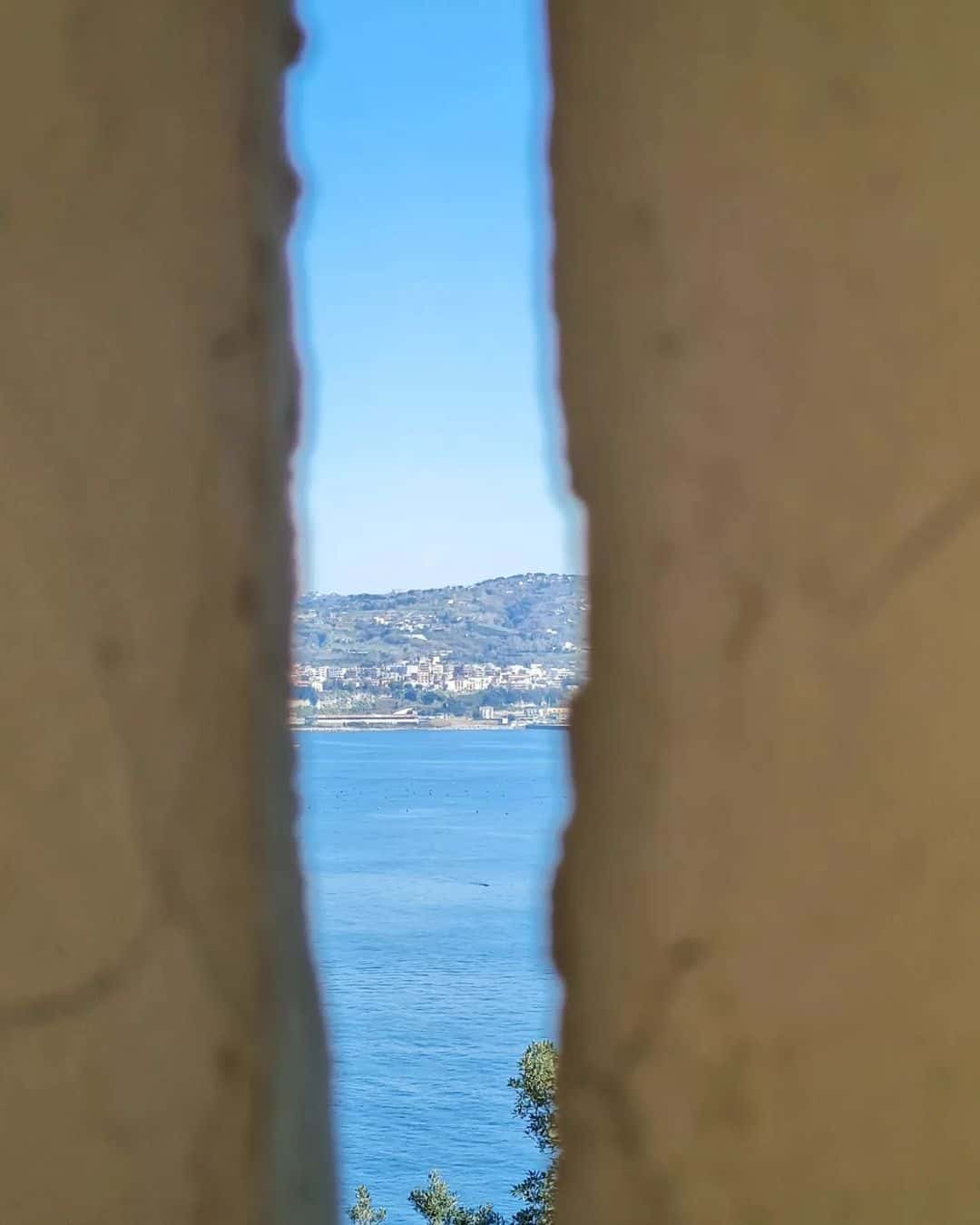
Several budget airlines offer direct flights to Italy from various European cities. Flights are often available for less than 20 euros in each direction. You will usually be able to secure better flight deals if you are travelling during the shoulder season.
Rome, Milan, Naples, and Venice are home to Italy’s main international airports. You can also find connecting flights to other smaller Italian airports.
For example, Bari and Brindisi for Puglia, Bologna for Emilia Romagna, and Pisa for Florence and Tuscany. Major Italian cities often boast two airports. One is for flights from large international airlines and another for budget European carriers such as Ryanair and Wizz.
The latter is often further out of the city. For example, Milan Bergamo is the budget airline hub for Milan. Meanwhile, Malpensa is the city’s main airport.
All of the Italian airports offer excellent transfer links to their closest towns/cities. It will not cause any detriment to your trip if you are flying into an airport that is further out of town.
There is no need to worry about organising an expensive airport transfer. You can easily find airport buses that run to the centre on a frequent schedule, typically for only 5-6 euros.
Finding Cheap Flights to Italy
Use an aggregator platform like Skyscanner or Google Flights to search for the best flights to Italy. These platforms allow you to search for every flight to a destination over the course of a month.
You may be surprised to see how much flight prices vary from one day to another. For instance, the price of a flight on a Monday may be substantially cheaper than that of the same flight on a Saturday or Sunday. It pays to be flexible if you can.
Similarly, it is worth playing around with the flight search engines when planning a trip to Italy. Instead of entering your destination city, enter ¨Italy¨. You may find much better deals on flights to a different airport.
Always use the “incognito” mode on your internet browsers when searching for flight deals. That way, you ensure that you receive the very best prices. For example, the .it (Italian) version of comparison sites also often has lower prices than the .com or .co.uk alternatives.
Getting Around in Italy
Public transportation in Italy is a mixed bag. However, as far as travel between the major cities and tourist sites is concerned, it is very good. Italian trains and intercity buses are comfortable, well-maintained and run on frequent schedules.
Train Travel in Italy
Train travel is arguably the best way of getting around Italy. Italian trains are very modern and comfortable.
Trenitalia and Italo are the main train networks in Italy. The former also operates “
Buying Train Tickets in Italy
Typically you do not have to book your train tickets in advance. They can be purchased from the ticket offices at train stations throughout the country, and at the automatic ticket machines.
All ticket machines have displays in English. If you do wish to book your tickets online in advance, ensure that you do so through the train operator’s site directly.
Other sites will add a booking fee and commission. Train tickets in Italy can be booked as much as four months in advance of your intended departure date.
Domestic Flights in Italy
If you are planning on travelling a long distance – i.e. Milan to Naples or the mainland to Sicily, then flying may well be the most convenient option. Airlines such as Easy Jet, Alitalia, and Volotea often offer flights for as little as 30 euros one way.
It is advisable to check a flight comparison site such as Skyscanner. Book flights in advance where possible, especially if you are travelling in the summer.
Localised Public Transport in Italy
Most major Italian cities such as Milan, Rome, and Naples have excellent local public transportation. This typically consists of comprehensive metro networks and local buses.
Car Rentals in Italy
Depending on where you are travelling, renting a car and embarking on a road trip may well be one of the best ways to explore Italy. This is particularly the case if travelling in Southern Italy.
Here, the public transport links are not as efficient as in the Northern and Central parts of the country. Driving here is not as intimidating as it may sound and can actually be an enjoyable experience.
Various reputable international car rental companies operate in Italy. There are a few things to keep in mind when renting a car in Italy:
- You must have an international driver’s permit (IDP) and present this in order to rent a car
- Major brands such as Europcar, Hertz, Budget, Avis, Sixt, and Thrifty enable you to pick your rental car up from the airport immediately upon arrival in Italy
- Consider using a GPS and be mindful of where you drive. Fines for driving in historic districts specified as “Zona Traffico Limitato” (ZTL zones) are huge
- Rental insurance is mandatory when renting a car in Italy, and rental companies will not allow you to borrow a car without it
- Tolls when driving down major inter-city highways are often pretty hefty (to the tune of $20-$30 or so!). Always carry cash just in case you run into a toll booth as they often do not accept cards
- A one-way rental can cost more than returning your rental car from the place you collected it from so double check before you travel
- Always check the condition of your rental car before you drive off with it and when you return it to the rental company. Take photos to document the condition it was in just in case.
- Carry your identification, driver’s license and IDP with you at all times
Accommodation Options in Italy
There are a plethora of different accommodation options available in Italy. You will find everything here from luxury hotels to Airbnb apartments and agriturismo farm stays.
It is important to note that your accommodation costs will vary significantly depending on the region that you are exploring. Generally speaking, Northern cities and tourist areas are much more expensive for hotels and B&Bs than Southern Italy and Sicily.
Average cost prices are summarised below. It is important to note that most hotels and accommodations in Italy add a local tourism tax to their prices. This is often just a couple of euros but varies depending on the specific region.
- Luxury hotel – $200 per night
Mid-range /boutique hotel – $80 per night upwards- Budget hotel – $30 per night
- Airbnb apartment – $25 – $50 per night depending on the region
- Renting a room in an Airbnb apartment – $10-15 per night
Finding Accommodation Deals in Italy
The best time to book your accommodation is somewhat dependent on the season and region. It is advisable to book at least a couple of weeks in advance. This is especially the case if you are travelling to popular regions such as Capri and the Amalfi Coast, especially in the height of summer.
That said, doing a last-minute booking out of season can actually save you some money. If you check accommodation sites such as booking.com right at the last minute/on the day of booking, hoteliers often slash their prices substantially.
This is a good strategy to follow if you will be travelling on a tight budget. Some of the best budget hotels in Milan for example have so many rooms available that they are seldom fully booked.
Italy Attraction Tickets, Tours and Discounts
There are certain attractions in Italy that warrant an advanced booking. This relates to historical sites in Rome in particular.
Queues are often phenomenally long to get into places such as the Vatican City and the Colosseum. As such, it is prudent to pay for priority admission.
Otherwise, you wind up wasting half of your day waiting in line. Similarly, a pleasant way to explore Italian cities “like a local” is to join a small day tour.
For example, a small, intimate food tour can enable you to discover restaurants and local delicacies that you may not have found had you not been accompanied by an Italian. Doing a guided tour at the beginning of your trip can help you to get your bearings in a new city.
Having a local expert on hand means that you have someone to ask for recommendations on the best places to eat, drink and hang out in a particular area/city.
Purchase Comprehensive Travel Insurance
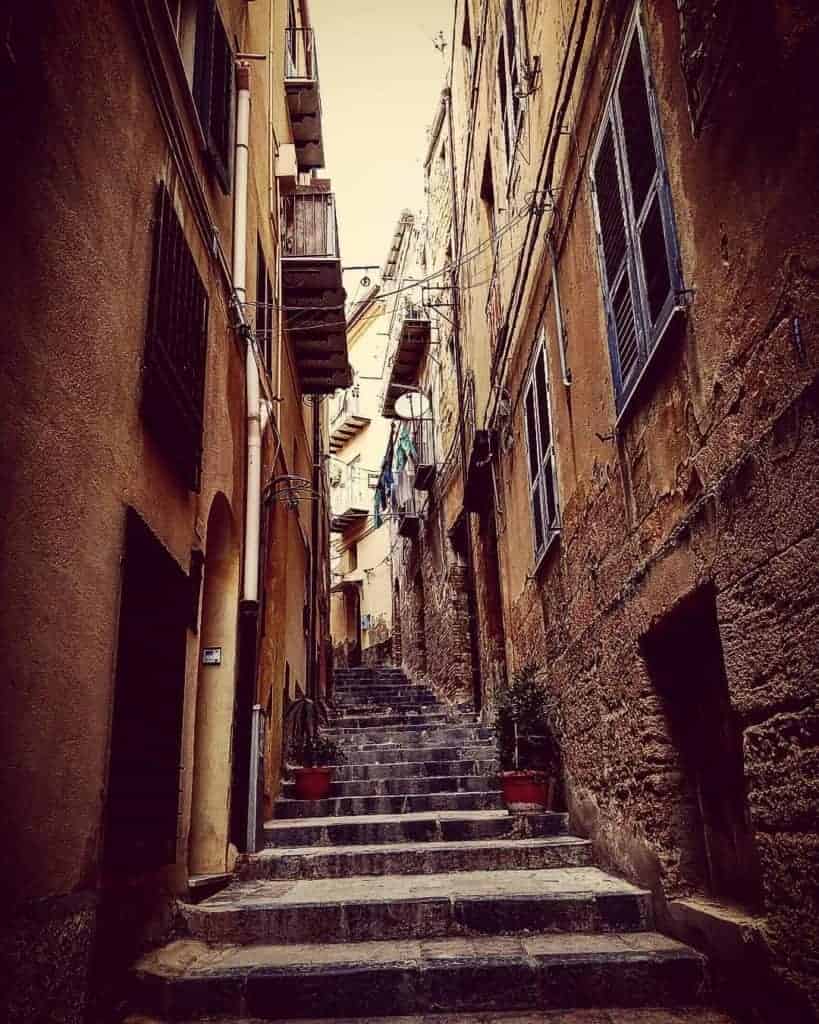
You should ensure that you have comprehensive travel insurance before heading out to Italy. This is true of travelling anywhere.
Insurance is necessary even if you are European and are travelling with a European health card. Accidents overseas can become very expensive and unfortunately, no matter what precautions you take, or how safe the place you are travelling is, you never know what is around the corner.
Use a comparison website to compare and contrast different travel insurance policies and always read the small print. You should ensure that you have comprehensive medical insurance that covers up to $1million in health/medical bills.
Good insurance coverage will include things like repatriation and cover for lost luggage and lost or stolen electronics. Make sure that you write your insurance policy details down or print them out. Should you need medical assistance in Italy, this will be the first thing you are asked for.
Check Visas, Passports, and Paperwork

Double-check to make sure that your visas, passports, and necessary paperwork are in order before you finalise all aspects of planning a trip to Italy. You must have at least six months of validity on your passport prior to travel.
Europeans can freely travel to Italy with their photo identification. Residents of the UK, the US, Australia, New Zealand, and Canada are permitted to travel to Italy for 90 days of any 180 day period.
It is prudent to check your government’s travel advice prior to travelling to Italy. Residents of some countries may require visas.
Planning a Trip to Italy:
Depart to Italy
Planning a trip to Italy is not as complex and overwhelming as it may first seem. Once you have established where you want to go and when, you have established how to get from A to B, and you have your accommodation and attraction tickets booked then you are pretty much good to go.
Now all you need to worry about is indulging in pasta, wine, and flirting with handsome waiters named Roberto. Yay!
Planning a Trip to Italy FAQs
A few additional FAQs and things to think about when planning a trip to Italy for the first time are detailed below.
A Little Italian can be helpful
The national language of Italy is Italian. However, it is useful to note that in some regions, the people speak their own regional dialect.
This is sometimes entirely different from the “general” formal Italian. Naples, Sicily, and Calabria are two examples of that where Neapolitan, Sicilian, and Calabrian prevail.
The colloquialisms and phrases used in these parts of the country are almost like another language in themselves! That said, people will still understand formal Italian.
Regardless of where you go, it is useful to carry a small Italian phrasebook with you or to have a free app downloaded on your phone. A little effort to communicate with locals in their language is always appreciated.
Even if you are someone who finds it difficult to learn foreign languages and pick up foreign words for travel, you don’t need to learn too much to get by in Italy. Some useful Italian phrases are detailed below.
Useful Italian Phrases
- Ciao (Hi / Hello / Bye)
- Buongiorno (Good morning)
- Buona sera (Good evening)
- Buona notte (Good night)
- Come stai? (How are you?)
- Dov’è il bagno per favore? (Where is the bathroom please?)
- Il conto per favore (the check please)
- Scusi / Scusa (Excuse me)
- Mi dispiace (I’m sorry)
Useful Language Apps
If you want to learn a little Italian while you are planning a trip to Italy, Duoling is a good free app to use. The app has a lot of games and exercises to help you learn useful words and phrases that you can use in restaurant settings, at hotels, and when telling new people about yourself.
The Google Translate app works offline. This is good to have on your phone just in case you find yourself unable to communicate with someone.
Useful Italy Guidebooks
When planning a trip to Italy, you will probably use a selection of Italy travel blogs, websites and guidebooks. A guidebook is always useful to pack and take with you.
Then, you have something in hand that you can consult quickly if you need to double-check information or find a place to stay or have dinner. A selection of excellent Italy travel guidebooks is detailed below.
- Lonely Planet Italy
- Rick Steves Italy
- Rick Steves Rome
- Fodor’s Essential Italy 2022
- Lonely Planet: Naples, Pompeii and the Amalfi Coast
- Rick Steves Pocket Venice
- Lonely Planet Sicily
Meeting Locals and Travelers
Couchsurfing and Meetup.com are great ways to meet and hang out with locals during your time in Italy. To use this app/website, you don’t have to stay at a stranger’s house.
Instead, you can just pop along to a social event. Many Italian cities (Naples, Rome, Catania, etc) have large local Couchsurfing communities.
Locals and ex-pats meet every week to have dinner and cultural exchange. This is also a good way to meet travel buddies if you are travelling alone.
Similarly, Facebook groups for travellers in Italy and expats in Italy are a good way to meet people. You can simply make a post in the groups about your trip and see if anyone is free to meet you for a drink/lunch/coffee.
Parting Words
Do you still have any queries or concerns about planning a trip to Italy? Please don’t hesitate to reach out to me via email or by dropping me a comment in the box below.
Safe travels. Ciao! Melissa xo

Melissa,
This is what I have been looking for top plan a trip to Italy! However, I am looking for a printed version, and this will not allow me to print. Do you have one to send me?
Very useful information, thank you 🙂
I am having a holiday in Tuscany in September.